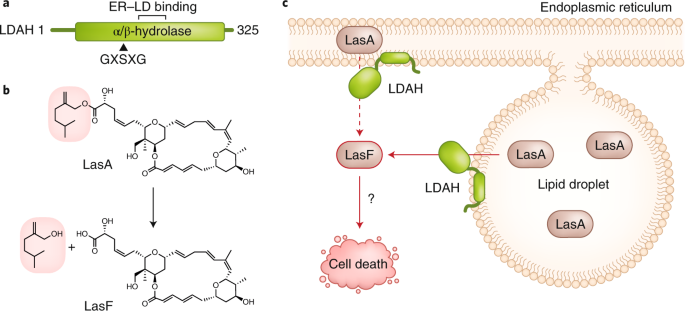
- Select a language for the TTS:
- UK English Female
- UK English Male
- US English Female
- US English Male
- Australian Female
- Australian Male
- Language selected: (auto detect) - EN
Play all audios:
In the past one year we have seen how viewership patterns of the audience have changed because of the pandemic and resultant lockdown. With the closure of cinema halls and multiplexes, there
naturally was a huge dependence on OTT platforms for new films and shows. And now as cinema halls gradually open up with 100% occupancy, the shift in the changing culture of entertainment
consumption is yet to turn around. With producers preferring to opt for direct-to-OTT releases for their new films, the dynamics between producers and exhibitors have also changed. The
recent Tamil film _Master_ starring Vijay was one of the first big budget films to release in theatres post lockdown. The film witnessed huge crowds at ticket windows upon release, and the
response to this Lokesh Kanagaraj film exceeded expectations by grossing Rs 142 crore in its first week. Surprisingly, the producers decided to drop the film on Amazon Prime Video just after
3 weeks of its release in theatres, thereby killing any business that exhibitors could have expected in _Master's _4th and 5th week in cinema halls. This once again brings up the
question - what's the ideal gap between a film's release on OTT or satellite television after it has premiered in theatres? Traditionally there used to be an interval of at least 6
months before a theatrically released film came on television or OTT, however times are changing. Film trade analyst Taran Adarsh says, > “I feel that there has to be a gap of at least 4
to 5 weeks > between the theatrical release and the OTT release. Because > otherwise how will the theatres survive? People are aware that the > film will come on OTT in 2 weeks
then why will they go and watch it > in theatres?” Taran Adarsh, Trade analyst Hindi film exhibitor Akshaye Rathi similarly believes that that a longer gap between a theatrical and OTT
release is required to change the current mindset. > “This is the reason there used to be a 8 week gap between a > theatrical release and OTT release. Seeing the current situation,
> the ideal gap should be 6 to 8 weeks for big films and 4 to 5 weeks > for smaller films.” Akshaye Rathi, Exhibitor However, Shibasish Sarkar CEO of Reliance Entertainment Group,
whose biggies _83_ (Ranveer Singh) and _Sooryavanshi_ (Akshay Kumar) are up for release this year thinks otherwise. His argument is that there is no data to prove that there is an audience
that waits to watch a film in theatres beyond the first 4 weeks. > “In a 3 week timeframe 95 to 96% of the business has happened for > the top 20 films over the last 5 years. If you
take the small film, > the business (from ticket sales) is over and done in 1 week or 1 and > half week’s time. In a country were there are 2000 films coming > every year, even if I
look at Hindi, there are 200 movies coming > every year and you have only 52 weeks to slot. Any other way half of > the films are completely slaughtered once it comes to box-office in
> terms of windowing.” Shibasish Sarkar, CEO of Reliance Entertainment Group, Hence, Sarkar believes that 4 weeks is an adequate time for a film to move from theatres to an OTT platform.
He says that any other theory that believes that a strong theatrical market exists for a new film beyond 4 weeks needs to be backed by empirical data. The face-off between exhibitors and
producers regarding the direct-to-OTT culture that took precedence during the lockdown came to a fore around the release of the Malayalam film _Drishyam 2 _recently. Mohanlal-starrer
_Drishyam 2 _was one of the biggest releases in Kerala post the lockdown, however when the makers decided to release the film on Amazon Prime Video, the Kerala Film Chamber decided to not
allow the film to release in theatres at all. Kaimal Nandakumar, an exhibitor and secretary of the Kerala exhibitors council says, "The gap between theatrical and OTT releases at one
point used to be something like 6 months. In the present circumstances, the industry is going through very difficult time, here in Kerala we have formulated a stand that a film can go to OTT
42 days after its theatrical release. I won’t say that is an ideal number of days from the point of view of an exhibitor but then considering that everyone - the producer, the distributor,
the exhibitor all have been very badly affected on account of COVID-19, I think this is the best that could be worked out at this given point of time." He also stated that none of the
Malayalam films that have released directly to OTT will be allowed a theatrical release in Kerala. Staying with the southern film industry, Kannada film producer and distributor, Manjunath
Gowda. popularly known as Jack Manju, whose next film is _Phantom_ starring Sudeep says a 50 day gap is ideal. > “The problem we are facing from theatres is that once we release > it
on OTT, they will remove the screening from cinema halls and for > OTT people, particularly for Kannada, they are not giving > prominence. The producers federation is fed up of all OTT
platforms > like Netflix, Amazon Prime Video, Zee5 and Disney+Hotstar. Jack Manju, Producer and distributor "As a producer, I prefer releasing my film in theatres and if any OTT
platform gives me an opportunity to release on pay per view basis from day 15, I am ready to take it." he says. While exhibitors are justified in their fear that OTT platforms are
increasingly cannibalising the box-office business, when seen from an OTT player's perspective - since they are shelling out substantial amounts of money to get a film premiere on their
platform, they will inevitably be looking at getting their bang for the buck. While the lockdown has thrown open a new set of dynamics between producers, exhibitors and OTT players -
it's clear that they are inter-dependent and can only mutually benefit if they learn to co-exist with each other while catering to the audience's taste and market demands.
Published: 01 Mar 2021, 3:46 PM IST









